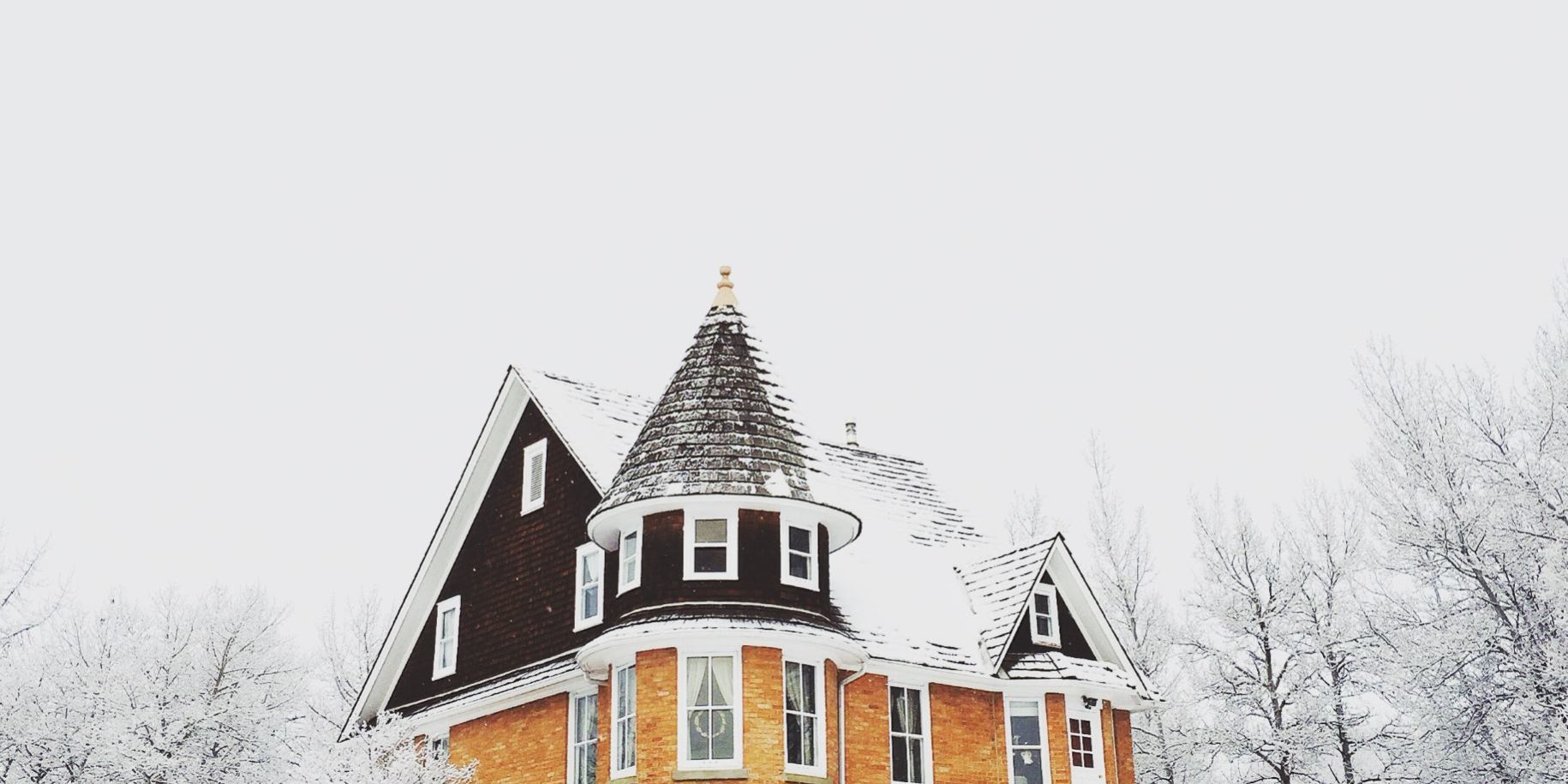If you live in a region that doesn’t get snow in the winter, you still need to take steps to prepare your home in advance as cold winds and rains can wreak havoc on your property. Before winter sets in, check your home to ensure it can withstand harsh weather. Follow a top-down approach when conducting your inspection and make repairs as necessary.
What to check
Trees – Start by inspecting and trimming any large trees near your home. During stormy weather, tree branches and leaves can cause all sorts of problems, including roof damage and clogged gutters.
Next, check the proximity between tree limbs and your roof. You should pare back any tree limbs hanging over your house in case they break in a storm and cause damage. Trim all limbs 3 to 6 feet from the roofline. Check the health of your trees. If they are unkempt or overgrown, it might be time to have them professionally serviced.
Roof – Start by taking a good look at your roof. Inspect it for cracked or missing shingles, worn patches on shingles, missing or damaged flashing, and any other conditions that might permit water to leak through. If your shingles look worn and weathered, bend the corner of a tile. If it breaks, it is time for a new roof.
Gutters – Next hit your gutters. Remove all leaves and other debris to allow water to flow freely. If your gutters are clogged, they will fill with rainwater or melting snow and can easily overflow, which can cause basement flooding and water damage to siding, windows and doors.
Siding and weather stripping – Next, check the siding for cracks, damage and separations between the individual siding boards. Seal any empty spots with a caulking compound.
Also inspect your weather stripping around doors and windows for damage or wear and replace as needed. Fix unsealed gaps around your eaves (the parts of your roof that hang out over the walls). Unsealed eaves can provide easy access for pests, so check these and seal them as needed.
The heater – Before the cold weather sets in, call your heating contractor to clean or replace the filter, brush and vacuum the blower blades, repair any leaks around the air ducts and vacuum the chimney.
Check the paint – Besides making your home look nice, paint seals the wood siding against moisture. Take the time to walk around your home and look for flaking or peeling paint and touch up any areas that look deteriorated. If the paint is in poor overall condition, schedule a professional repainting job before winter.
Window tracks – Most windows slide on a track, outside of which are small “weep holes” that allow rainwater to drain out. If these weep holes are plugged up with dirt, the track is susceptible to filling with water during heavy rains. To prevent water damage, thoroughly clean all window tracks before the rainy season.
Exterior lighting – Before winter sets in, test your porch light, security lights, path lighting and any other outdoor lighting elements. This prevents slips, trips and falls due to poor visibility at a time when walkways may get wet from rain and occasionally freeze at night.
*If you have an insurance need, we have a solution. We provide solutions for home & auto, health and Medicare insurance, life & dental coverage, employee benefits and commercial insurance. Give us a call at 803-286-1161.








